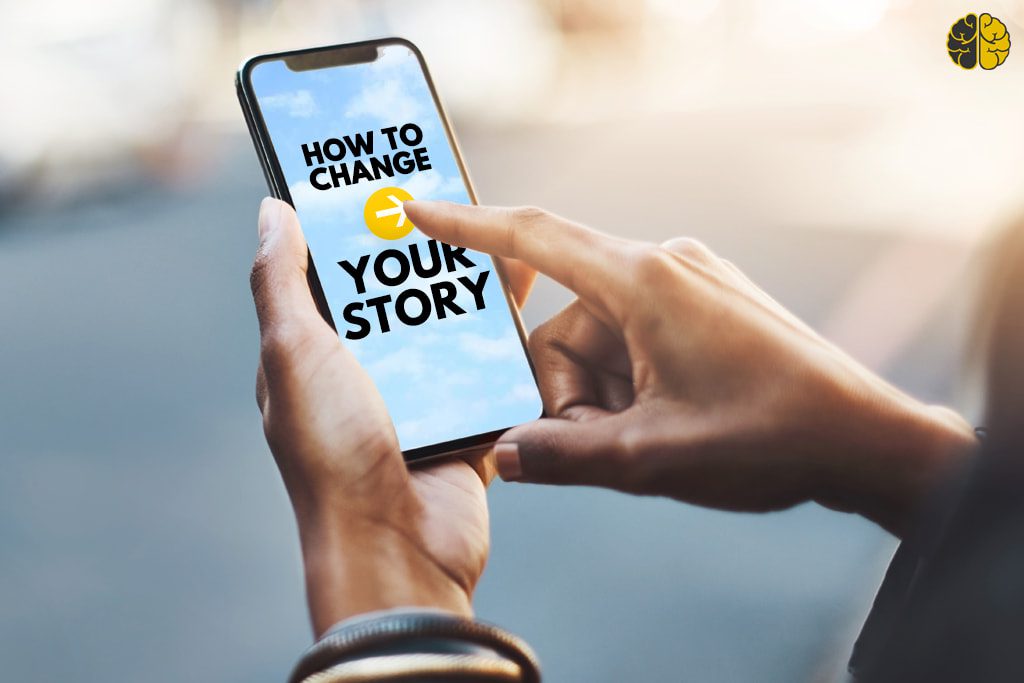In Part 1 of this series, I wrote about the true costs of changing your brand: a new website, new signage, new T-shirt inventory, and so on.
But those are fleeting costs. You’ll spend the money and forget about it within a year.
The real cost is changing your story.
Step up to the Mic
When you open a business, you step onstage. Your website is your podium, and social media is your amplifier.
What will you say?
Will you share someone else’s message—their brand, their story, their media?
Will you publish your own message—your story, your clients’ stories, your own knowledge?
Will you say nothing—and what will you say through your silence?
Many CrossFit affiliates have relied on CrossFit Inc. to produce the content that will educate local audiences. For a time, CrossFit Media was a huge part of the company. It produced videos, the CrossFit Journal, all the Games footage, all the speeches, daily blog posts—and most newcomers to CrossFit saw that material.
Now much of that output is gone. But everyday people looking for fitness didn’t stop paying attention or looking for answers to their fitness problems.
What filled the vacuum?
Well, smart gym owners began to fill the vacuum themselves. They wrote blog posts and shot daily videos about diet and exercise. Some brought in photographers and camera crews. The primary benefit of CrossFit affiliation—professionally produced, shareable content—became DIY. And it worked.
But most gym owners didn’t follow that plan. Most, like me, opened their gyms because they wanted to coach—not because they wanted to write blog posts or shoot YouTube videos about macronutrients.
Covid was a forcing function. It forced gym owners in front of the camera. It forced the production of content. And now we can use that little bit of momentum to kickstart the change you have to make: telling your own story.
Once Upon a Time …
Here’s how to get your message out:
1. Tell your story.
What made you want to open a gym in the first place? We’re all dying to hear that story—now more than ever. Write it down or sit in front of your phone and tell us. Post the blog or video on your website and link to it on your social media channels. That’s one rep. Thousands more to go, but you’ve done the first one!
2. Tell three clients’ stories.
Grab them after a session or meet up for a coffee over Zoom. Ask them:
“Why did you choose my gym in the first place?”
“What’s your best story about this gym?”
“What advice would you give to the person you were a year ago?”
Post their stories. Use your platform to make them famous.
3. Teach something.
Write a blog or record a video that will help one person in your audience. Don’t overthink it (my first posts were all about linear versus conjugate programming—you can do far better).
Write about:
“What is a protein?”
“Why should grandmothers lift weights?”
“How often should you run if you want to lose weight?”
“Why abs are made in the kitchen.”
When in doubt, walk to the drugstore, look at the magazines and steal ideas from the titles.
Remember: Your audience doesn’t know what you know. Not even a little bit.
Building Your Brand With Stories
The stories you tell are the cornerstone of your brand. Whether you’re a CrossFit affiliate or an F45 franchise, you need to tell your story or you’ll always be shouting on someone else’s stage—and they’ll decide when to draw the curtain on you.
For more info, check out the media below:
Other Media in This Series
The True Costs of Changing Your Brand
What’s in a Name?
What Does Affiliation Really Mean?

